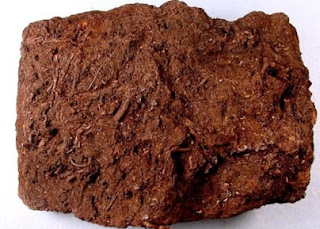Thermal and Hydel Power in Pakistan
Thermal Electricity Definition
• Electricity is a flexible form of energy that can be easily converted to heat, light or sound energy.
• Electricity that is generated by non-renewable resources like oil, coal, gas, nuclear fuel is called "thermal electricity".
• Fossil fuels and nuclear power stations produce heat energy. This is used to turn water into steam which is then used to run turbines.
• Electricity that is generated by non-renewable resources like oil, coal, gas, nuclear fuel is called "thermal electricity".
• Fossil fuels and nuclear power stations produce heat energy. This is used to turn water into steam which is then used to run turbines.
Process of electricity generation
• Fossil fuel (coal, oil or gas) is burnt to produce steam
• This steam moves the turbines to generate electricity
• Transformers control the voltage and transfer electricity to pylons through transmission lines
• This steam moves the turbines to generate electricity
• Transformers control the voltage and transfer electricity to pylons through transmission lines
Hydro-electric Power (HEP)
Definition
Hydro-electric power stations use the force of flowing water to spin the hydro-turbines.
Process of electricity generation
• From a hydro-turbine there is a shaft going into the generator.
• Because the water has made the hydro turbine spin rapidly this shaft spins rapidly inside a magnetic field in the generator and this generates electricity.
• The electric current is regulated by the transformer and sent through the power line at the required voltage
• Because the water has made the hydro turbine spin rapidly this shaft spins rapidly inside a magnetic field in the generator and this generates electricity.
• The electric current is regulated by the transformer and sent through the power line at the required voltage
Reasons for HEP to be best in northern areas
HEP is best developed in the mountainous regions because
• precipitation is adequate
• there is a steep slope or gradient
• precipitation is adequate
• there is a steep slope or gradient
Arguments in favor of Thermal Power Station
Will get exhausted
• Fossil fuels will eventually be exhausted.
Cause pollution
• Fossil fuels cause pollution when they are burnt and are not environmentally friendly
Easy to set up anywhere
• Thermal power stations can be developed at any place where fossil fuels are available.
Less expensive to build
• Thermal power stations are less expensive to build than HEP stations, but, except for nuclear power stations, running costs are very high.
• Nuclear power stations are very expensive to decommission.
• Nuclear power stations are very expensive to decommission.
Arguments in favor of HEP
Will not be exhausted
• Water is a renewable resource, which is used to generate HEP and it will not be exhausted.
Environment friendly
• HEP is referred to as white coal. It produces power without anything having to be burnt.
Can only be setup at specific location
• HEP stations have certain physical and climatic requirements for their development.


























